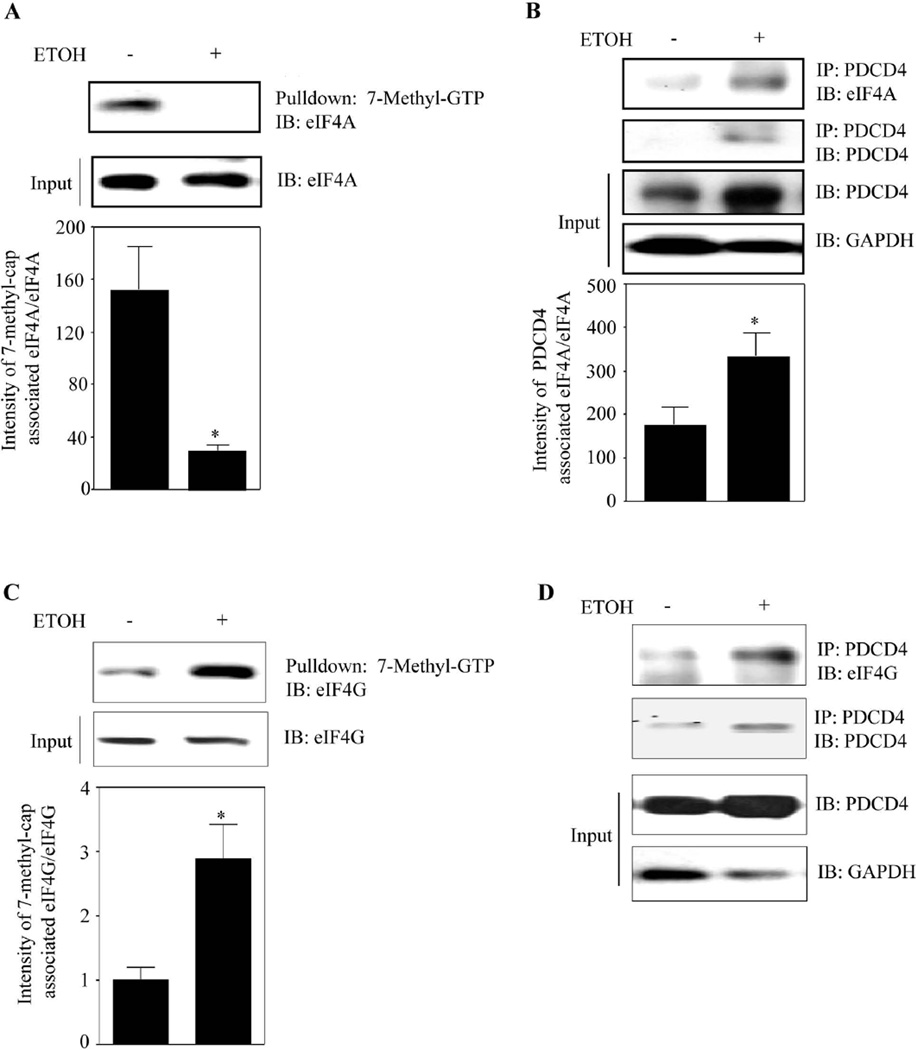Figure 4. ETOH induced PDCD4 sequesters and inhibits eIF4A association with methyl cap mRNA.
(A) PCNs treated with or without ETOH for 24 h were used in a pull-down assay with 7-methyl-GTP Sepharose 4B beads which simulates cap mRNA in vitro. 600µg of protein was used to assess the cap-associated eIF4A by immunoblotting. Lower panel depicts the quantification data and Student’s t test was performed to determine the significance of treatment. (B) Methyl cap associated eIF4A depleted supernatants from methyl cap assay were immunoprecipitated with anti-PDCD4 and immunoblotted with antibodies to eIF4A or PDCD4. Equal loading of input samples was confirmed by measuring GAPDH expression. Lower panel represent the densitometric scanning ratio of PDCD4/ GAPDH intensities (mean ± s.e.m, n=6). (C) Methyl cap assay was performed as in Fig. 4A and the cap-associated eIF4G was assessed by immunoblotting. Lower panel is the quantification data of cap-associated eIF4G to direct eIF4G and statistical significance was assessed by Student’s t test. (D) Supernatant from Fig. 4C was immunoprecipitated with anti-PDCD4 and immunoblotted with eIF4G, PDCD4 and GAPDH. In panels A–C, Student’s t test was performed to determine the significance of treatment. * - P<0.05, when compared with untreated controls.

